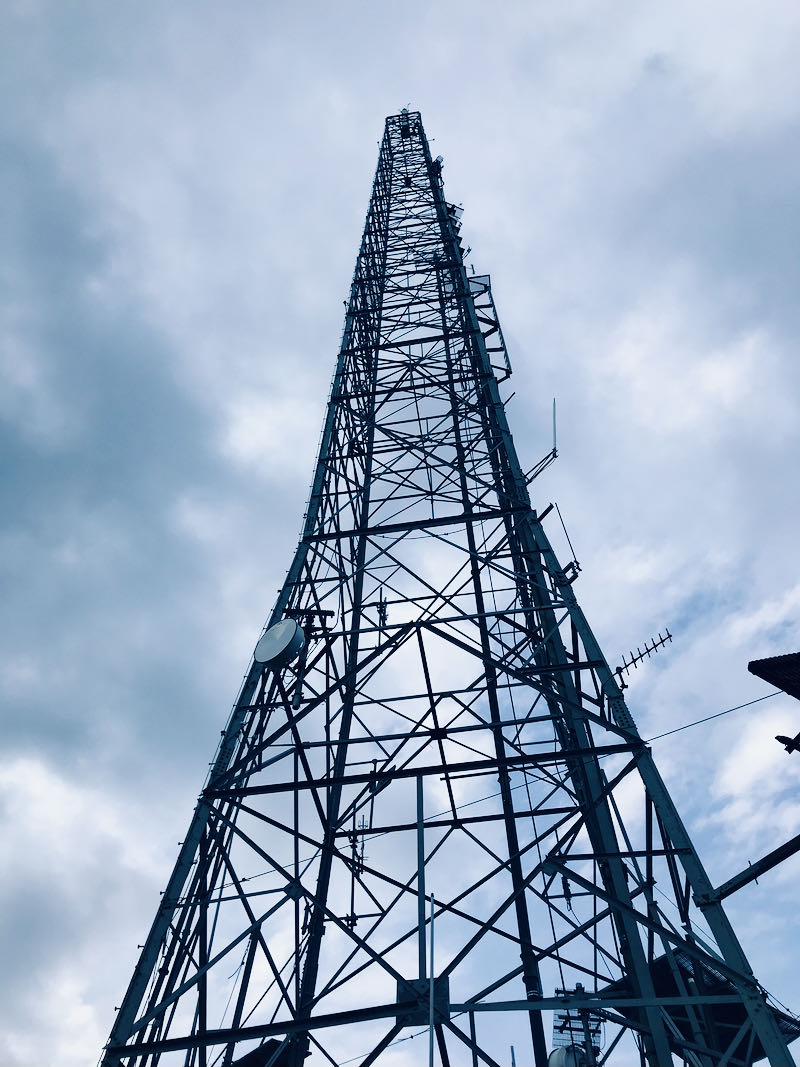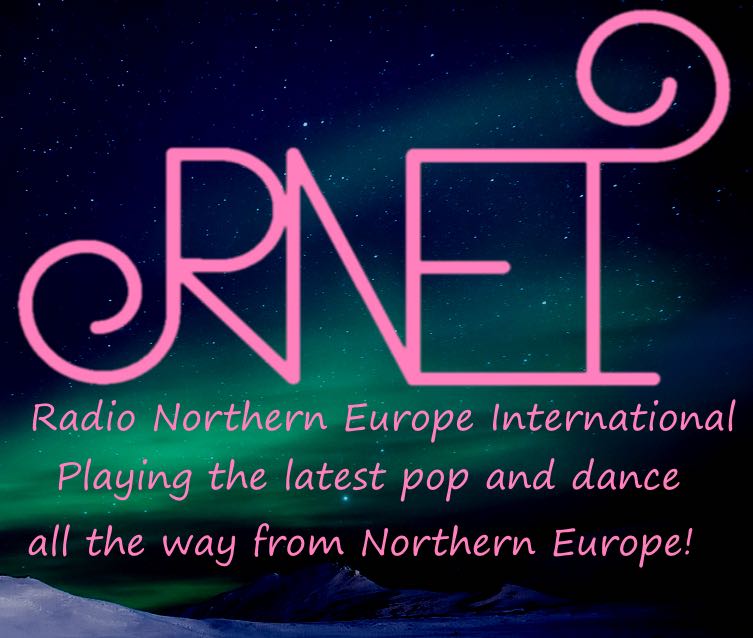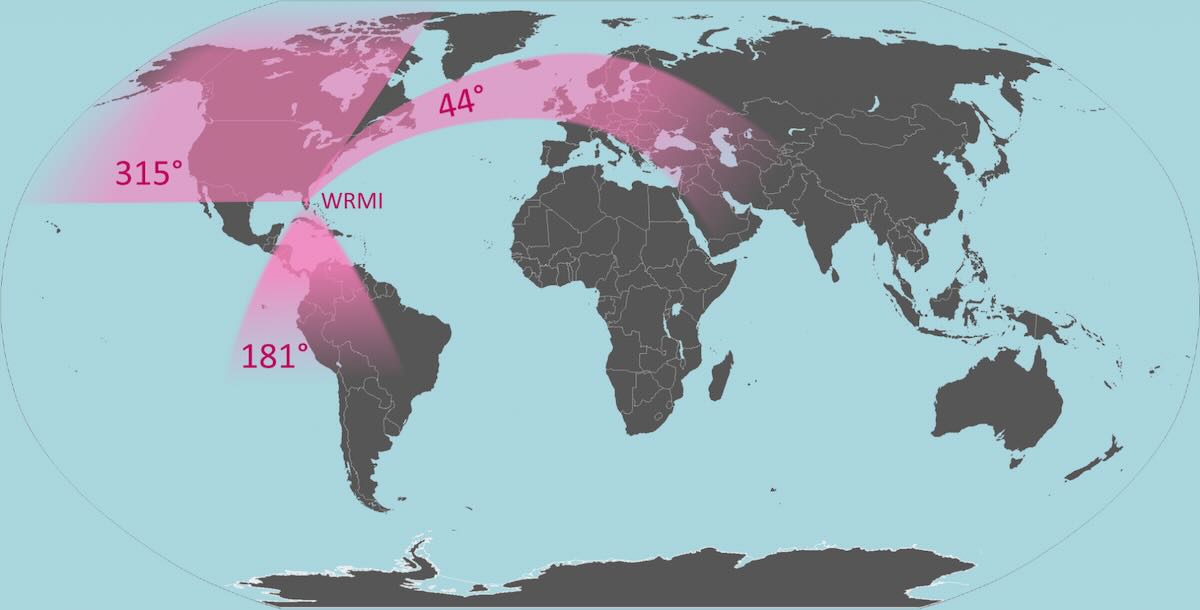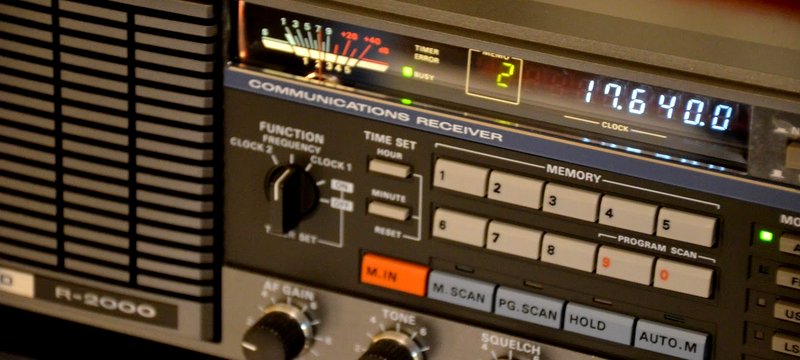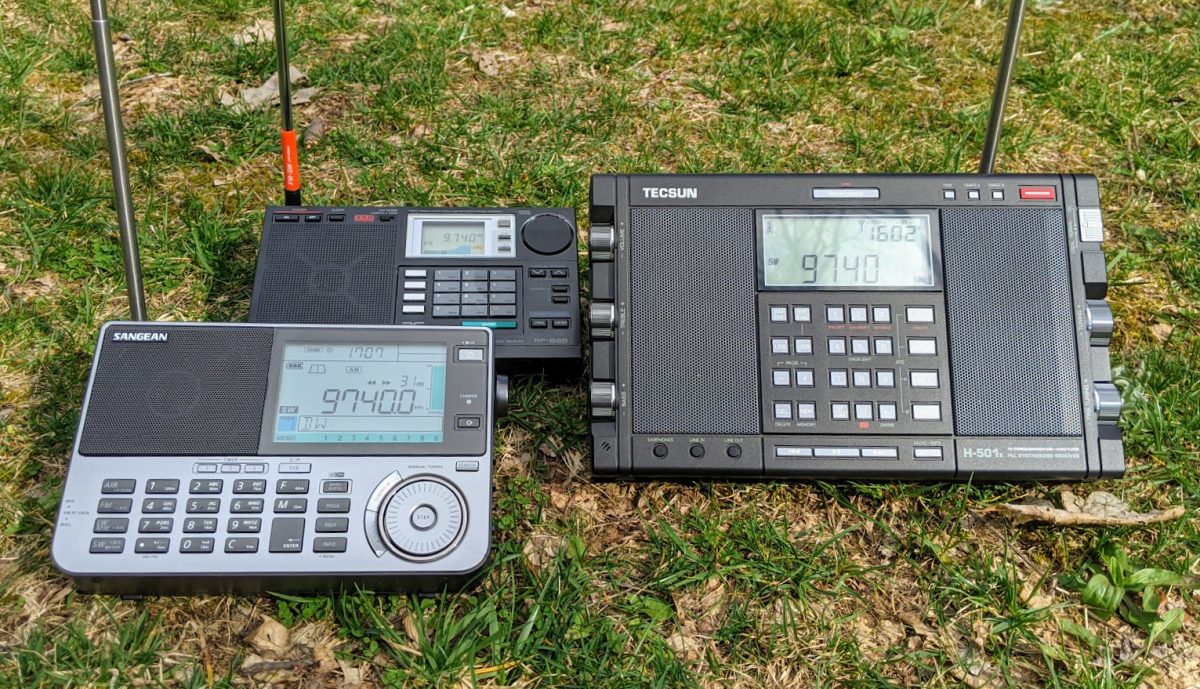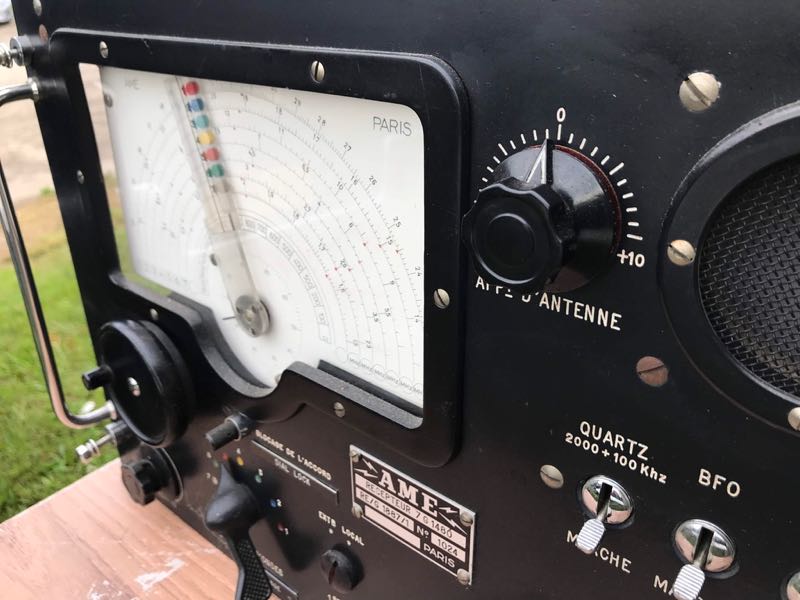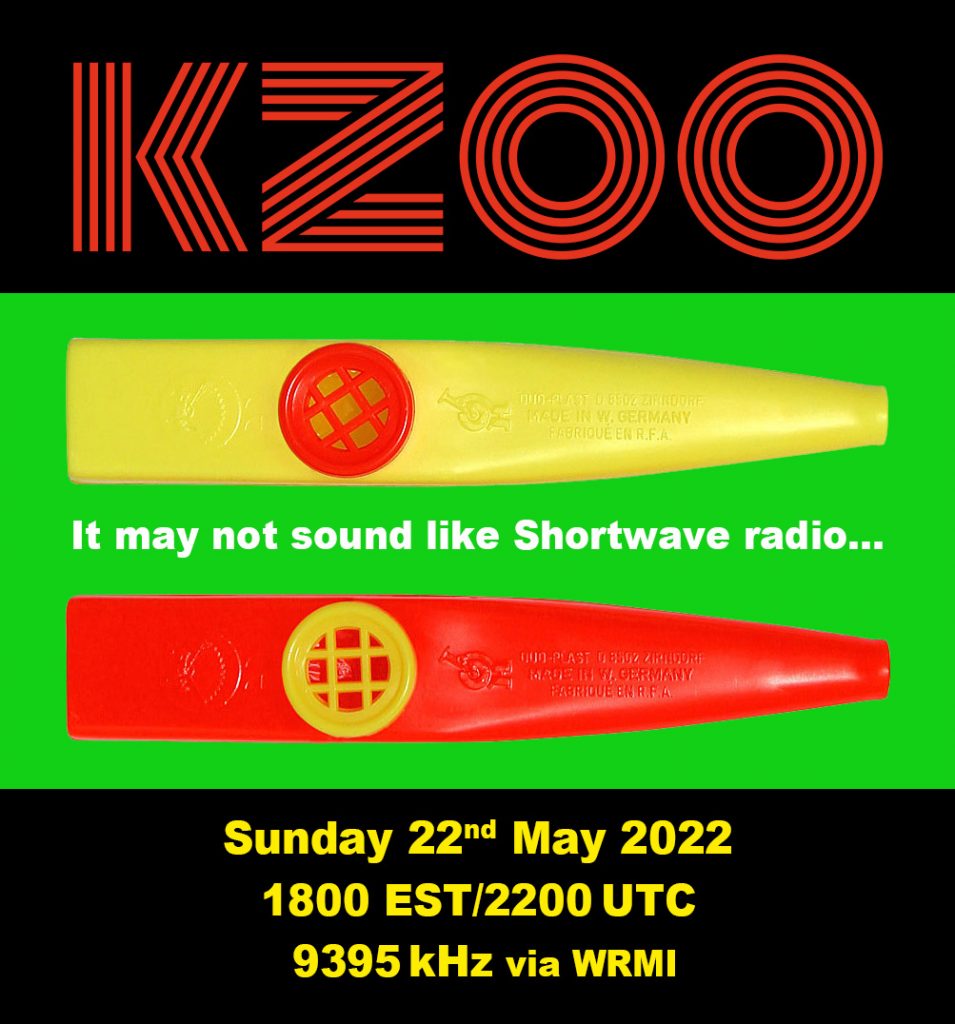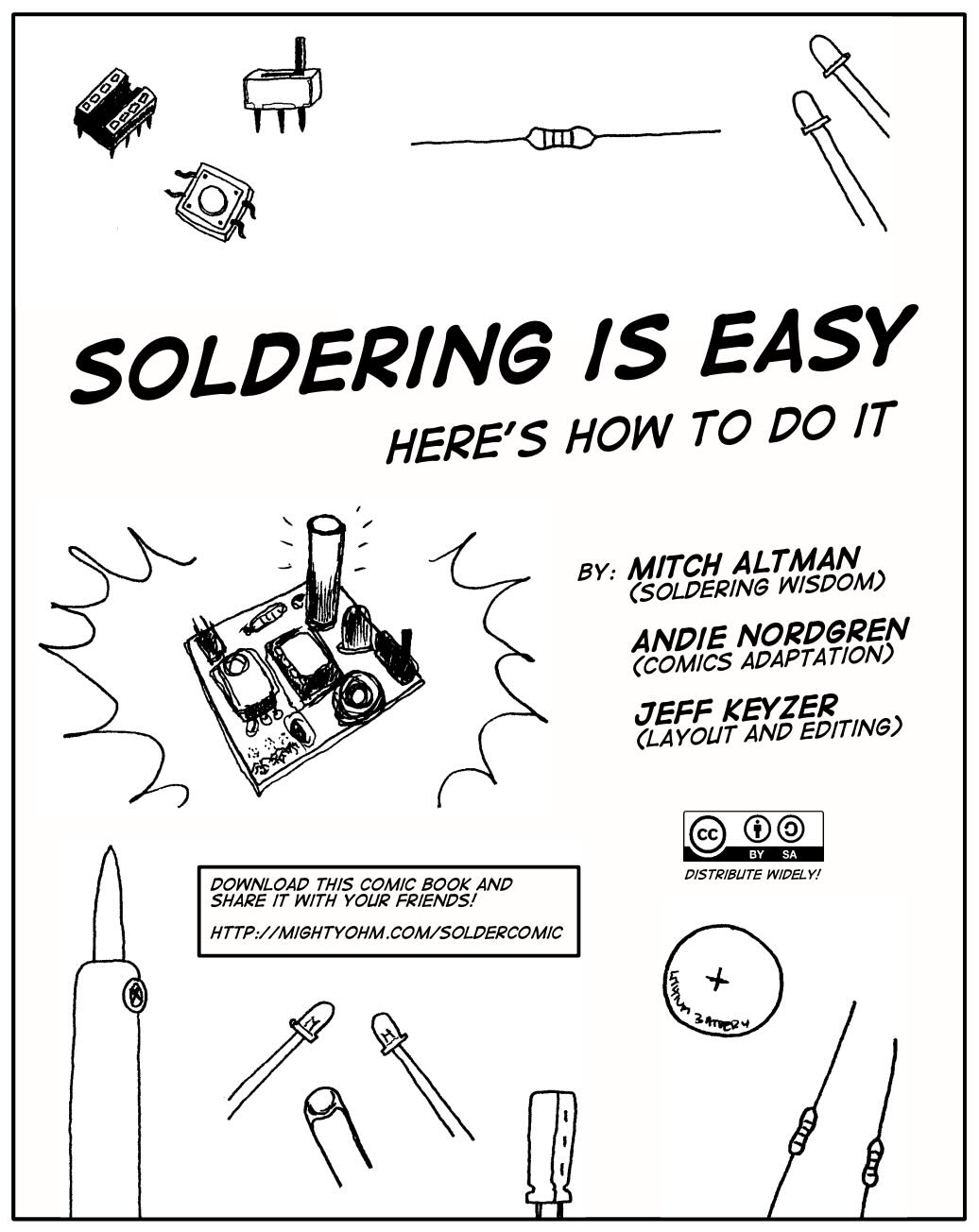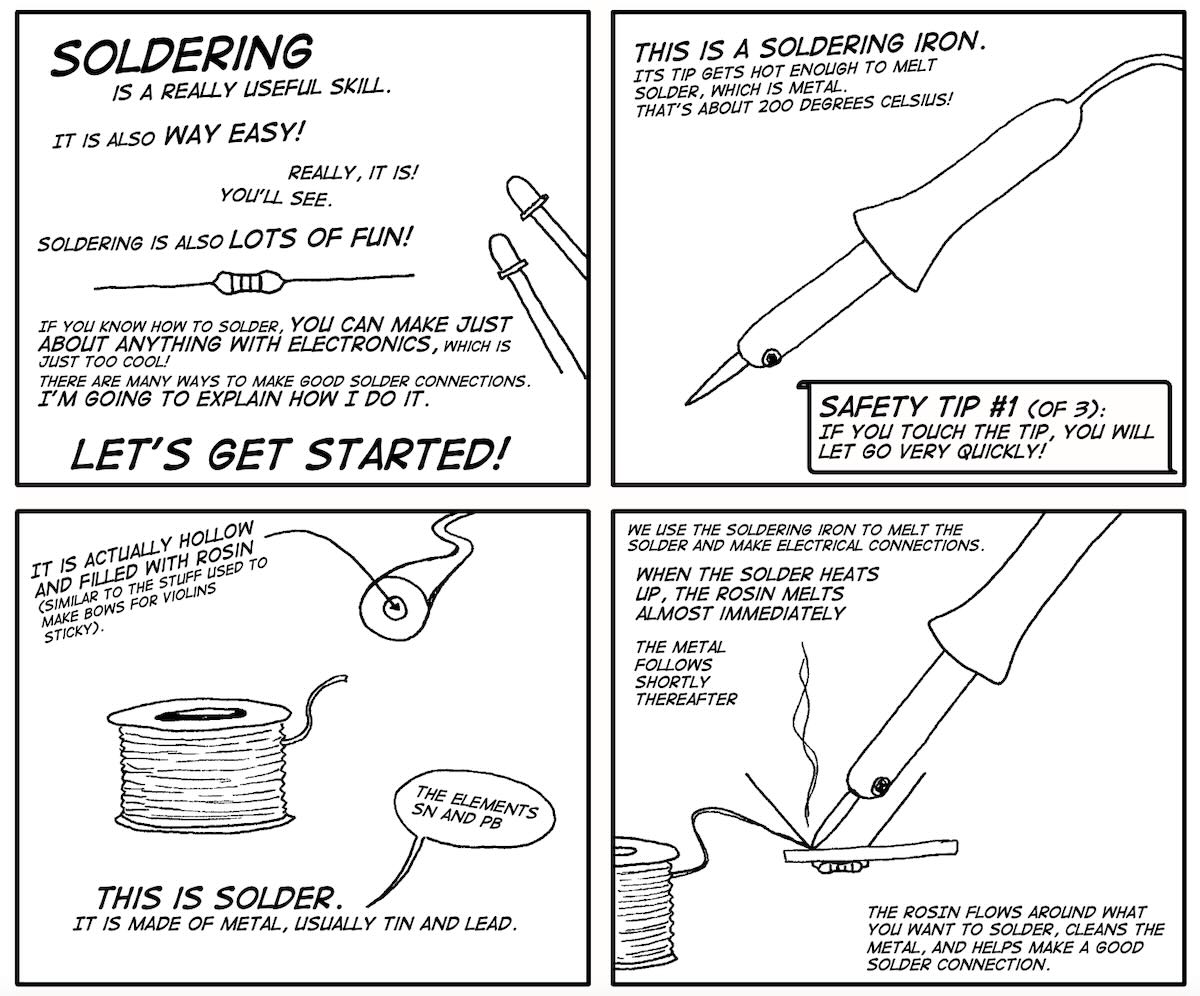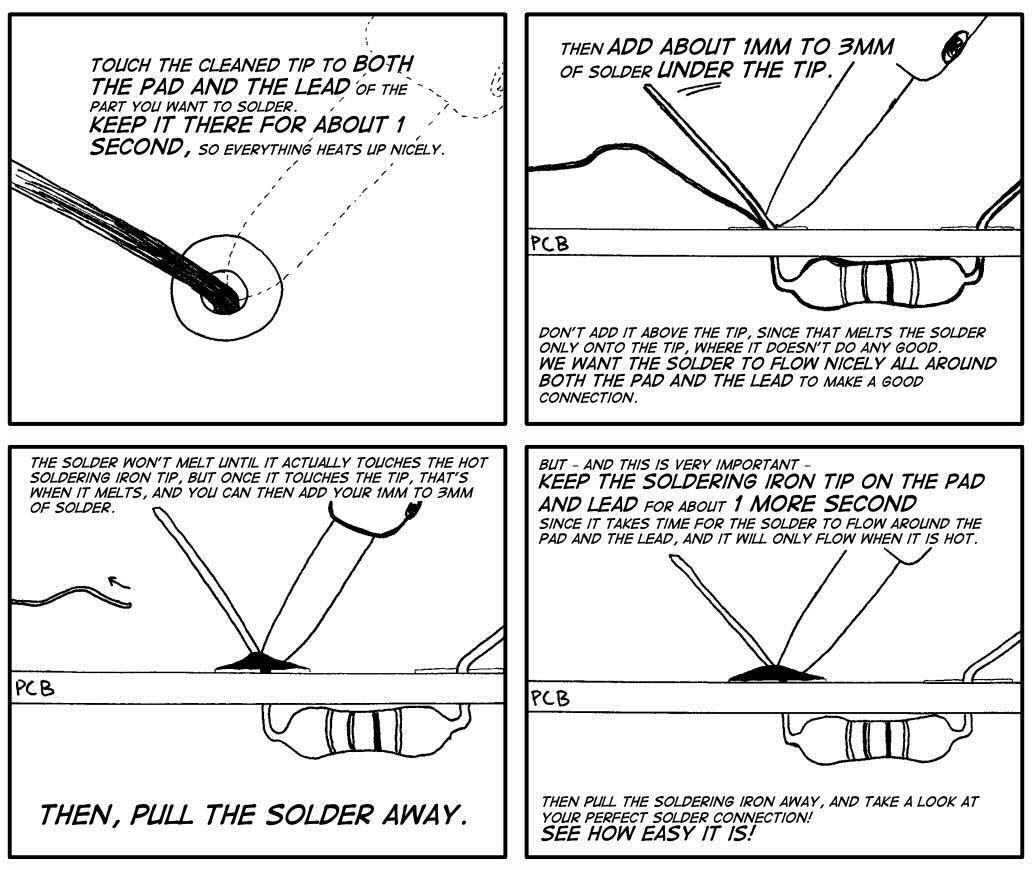Radio Waves: Stories Making Waves in the World of Radio
Welcome to the SWLing Post’s Radio Waves, a collection of links to interesting stories making waves in the world of radio. Enjoy!
Spotlight on Broadcast Tower Climbers in New Documentary (Radio World)
NATE, in collaboration with Storybuilt Media, has created a feature-length documentary titled “Vertical Freedom,” which highlights the professional and personal lives of six communications infrastructure workers in the United States.
Throughout the film, these cellular and broadcast tower climbers share what compels and excites them about their line of work. Plus, how to overcome every-day danger in order to connect us all.
Ky Nguyen is just one of the climbers featured in the film. He has worked with RIO Steel and Tower out of Alvarado, Texas for the last 10 years.
After the Great Recession, Nguyen wanted to move away from his job in construction and — while he is skilled at his craft now — he was initially hired onto the tower communication service’s team with zero experience.
“I started as a climber and then just kept working my way up,” he said. “Then I became foreman and began project managing. I’m one of those types of guys where, if you want it done a certain way, you have to be with them, showing them, leading by example – so I’m climbing every day.” [Continue reading…]
Repairing the Sony ICF SW1 Receiver — Used for Numbers Station Reception? Why no replacement for C-625? (Soldersmoke)
Ten years ago, my friend John gave me this tiny Sony receiver. It wasn’t working. I tried to fix it but quickly discovered that the tiny size of the device made repair difficult. All you needed to do was to swap out some leaking electrolytics, but they are surface mount electrolytics — replacing them is not for the faint of heart. Kits are available, but again, this is not easy.
In 2020 I got one of the kits, but didn’t try to use it until yesterday. It only supplied six of the electrolytics. In the video above, they discuss replacing seven electrolytics, including the one that seems to be placed in the round black holder. C-625. Why didn’t my kit include a replacement for that one? Could it be that this capacitor was not one of the leaky SMD caps?
Replacing these caps really wasn’t easy. At one point I inadvertently removed not just the bad cap, but also a nearby surface mount resistor. Luckily the schematic showed it to be 0 ohms. That was easily replaced. I lifted one of the pads on one of the other caps — I just slid it back into place and hoped for the best. [Continue reading at Soldersmoke…]
FCC Report 5/22: FCC To Consider Franken-FM Status And Whether To Expand Radio Service On Channel 6 (Radio Insight)
The FCC has introduced a proposal for rulemaking to determine whether to permanently approve the use the spectrum of television channel 6 for analog radio service on 87.75 MHz and will vote on whether to proceed with it at its June meeting.
In July 2021, all of the remaining analog low-power television stations were required to convert to digital, which would then lead to thirteen of them resuming analog audio transmission within their ATSC 3 broadcasts on an experimental basis. The rulemaking proposal seeks comments whether FM on channel 6 operations server the public interest and should be authorized to continue, whether they should be authorized as ancillary or supplementary services and if so subject to a new rule that permits their operation subject the certain technical and operational requirements, whether they can limit future channel 6 FM operations to those stations with active STAs, whether to consider a proposal to license additional non-commercials FMs on 82-88 MHz in areas where no television stations are operating, and whether to eliminate or revise the distance separation rules between television stations on channel 6 and radio licenses in the non-commercial band.
The full proposal can be read at this link.
The petition by Educational Media Foundation and antenna manufacturers Dielectric, Jampro Antennas, Radio Frequency Systems, and Shively Labs to allow FM antenna directional pattern verification by computer modeling was approved at the FCC’s monthly open meeting. [Click here to read the full article at Radio Insight…]
A mobile exhibition celebrating the work and legacy of Guglielmo Marconi
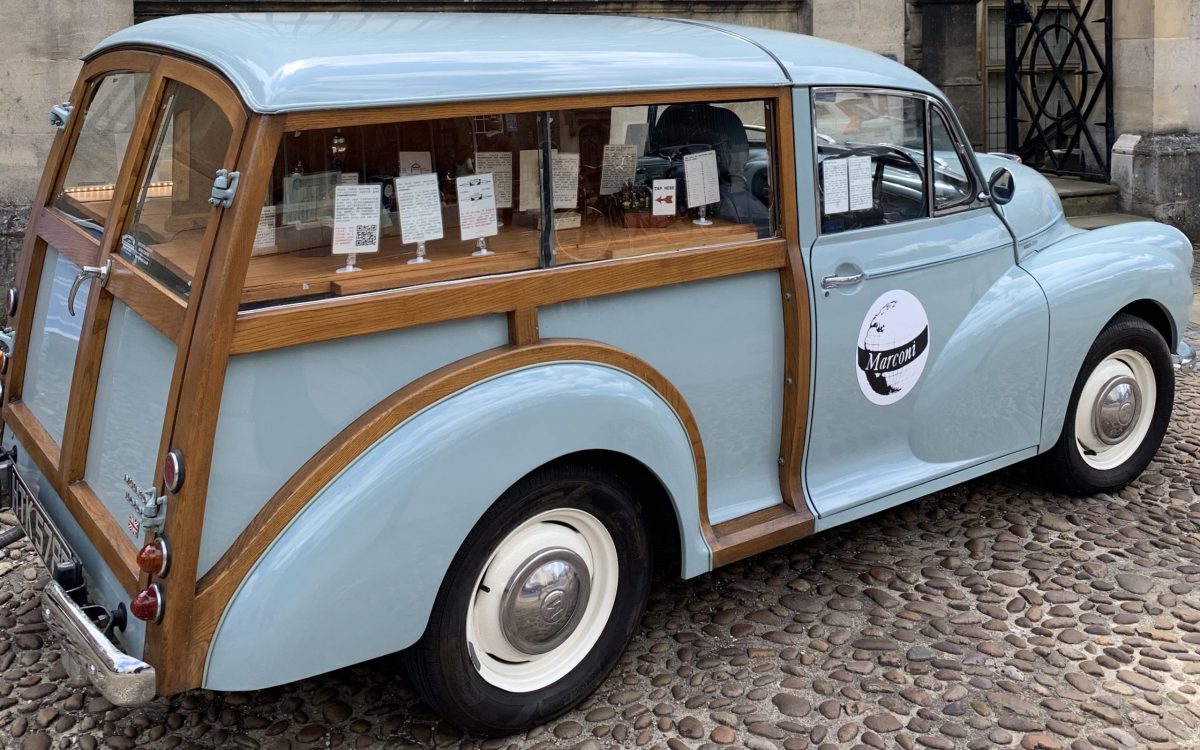 The Marconi Van exhibition tells the story of Marconi’s pioneering work and its scientific legacy in radio and microwave physics. The exhibition combines:
The Marconi Van exhibition tells the story of Marconi’s pioneering work and its scientific legacy in radio and microwave physics. The exhibition combines:
Engaging exhibits and interactive activities exploring the past, present, and future of radio and communications physics.
An exploration of historical objects from the History of Science Museum’s Marconi collection.
Virtual experiments you can try yourself. As restrictions ease we shall be inviting you to have a go in the laboratory!
The exhibition is housed inside a 1968 Morris Motor Traveller van built at the iconic Morris Motors plant in Cowley, Oxford. The objects an information available inside the van will evolve as the exhibition progresses… so just because you’ve seen it once doesn’t mean there isn’t more to see.
The Marconi Van project is a collaboration between the Institute for Digital Archaeology, the History of Science Museum, Oxford, Magdalen College, Oxford, Oxford’s Department of Physics, and the Guglielmo Marconi Science Park, in Santa Marinella, Italy.
Do you enjoy the SWLing Post?
Please consider supporting us via Patreon or our Coffee Fund!
Your support makes articles like this one possible. Thank you!

